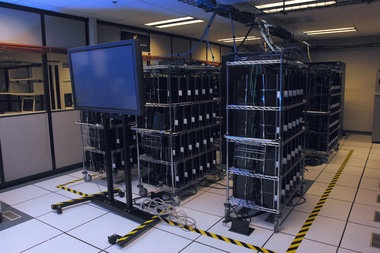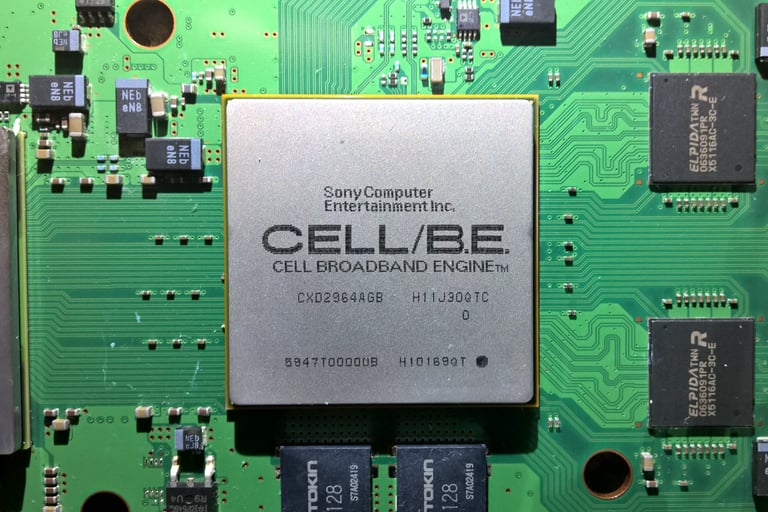The U.S. Air Force’s Unconventional Supercomputer: 1,760 PlayStation 3s Working Together
Gaming Beast into a Super Computer
5/16/20253 min read
Dubbed the “Condor Cluster”, this Frankenstein-like machine wasn’t just a quirky science project—it was a legitimate powerhouse, capable of “500 trillion calculations per second” (TFLOPS) while costing just “5-10%” of what a traditional supercomputer with similar performance would.
In an era before cloud computing and AI-driven supercomputers, the U.S. Air Force pulled off an ingenious—and thrifty—tech experiment: building one of the world’s most powerful supercomputers out of nearly 1,760 PlayStation 3 consoles.




Why PlayStation 3?
When the PS3 launched in 2006, it wasn’t just a gaming console—it was a “cutting-edge parallel processing beast”. Thanks to Sony’s OtherOS feature, users could install Linux (like Ubuntu or Fedora) and turn the console into a full-fledged computer. This made it perfect for researchers who needed “cheap, powerful, and energy-efficient hardware”.
Each PS3 cost around “$400”, while comparable computing hardware would have run “$10,000 per unit”. The Condor Cluster’s total cost? Just “$2 million”—a steal compared to conventional supercomputers. Plus, it consumed “90% less energy” than traditional setups.


How Did It Work?
The PS3’s secret weapon was its “IBM Cell processor”, a chip so complex that even Valve’s Gabe Newell called it a "waste of everyone’s time." But for parallel computing, it was brilliant. The Cell had “one main CPU core and seven (or eight) auxiliary cores” designed to crunch numbers at insane speeds—similar to how modern GPUs work.
By linking 1,760 PS3s together with “OpenMPI” (a tool for managing supercomputing tasks) and shared storage, the Air Force created a system that could:
- Process “billions of pixels per minute” (crucial for satellite imagery).
- Enhance radar systems.
- Improve AI research and pattern recognition.


The Downfall of OtherOS—and Why This Will Never Happen Again
Sony “killed the OtherOS feature in 2010”, claiming security concerns. The truth? Hackers had used it to “jailbreak the PS3”, enabling piracy. Worse for Sony, the U.S. military’s supercomputer meant “thousands of PS3s sold at a loss—with no game sales to make up the difference”.


Today, consoles like the “PS5 and Xbox Series X” are still often sold at a loss, with profits coming from games and subscriptions. But with locked-down firmware and no open Linux support, “no one’s building a supercomputer out of them anytime soon”.
A Relic of a Bygone Era
The Condor Cluster was a brilliant hack—proof that “sometimes the best supercomputer isn’t a multimillion-dollar mainframe, but a pile of repurposed game consoles”. And while we’ll likely never see something like it again, it remains one of the most creative feats of military tech ingenuity.
Would you try building a PC cluster out of old consoles today? Probably not. But in the 2000s, the U.S. Air Force did—and it was “gloriously overkill”.ur text here...